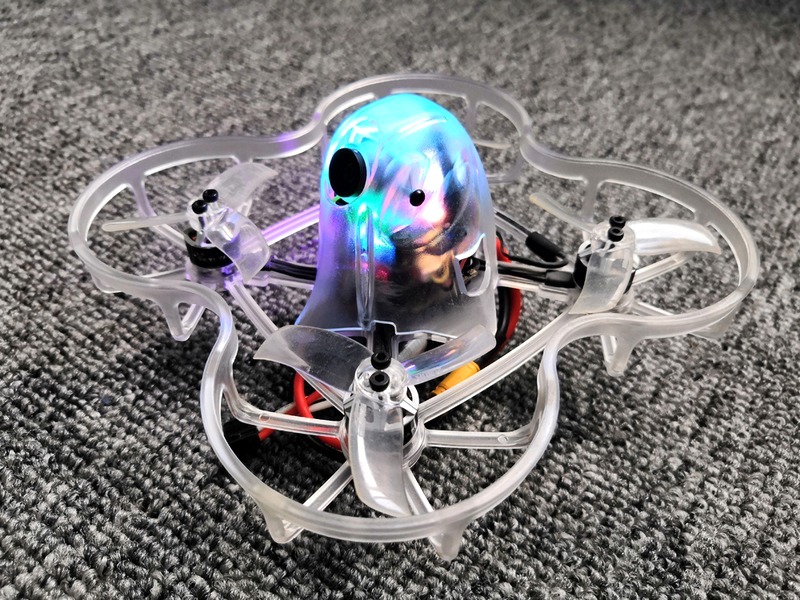What is vampire drone?

A vampire drone is a type of unmanned aerial vehicle (UAV) that is designed to feed off the energy of other drones or aircraft. It is a relatively new concept in the field of drone technology, and it has the potential to revolutionize the way drones are used in the future.
The concept of a vampire drone is based on the idea of energy harvesting. This is the process of collecting energy from a variety of sources, such as solar, wind, and electromagnetic radiation. The energy harvested from these sources can then be used to power the drone, allowing it to stay in the air for longer periods of time.
The idea of a vampire drone is to use the energy harvested from other drones or aircraft to power its own flight. This can be done in a number of ways, such as using a laser to capture the energy from a passing drone or using a receiver to capture the energy from an aircraft. The energy harvested from these sources can then be used to power the drone, allowing it to stay in the air for longer periods of time.
The potential applications of vampire drones are vast. For example, they could be used to monitor and survey large areas such as forests or oceans, or they could be used to provide aerial surveillance. They could also be used to provide communications or data relay services in remote locations.
The development of vampire drones is still in its early stages, but the potential for this technology is immense. As the technology advances, it could be used to provide a variety of services, from surveillance to data relay, and even as a form of energy harvesting.
The development of vampire drones is a fascinating concept, and it has the potential to revolutionize the way drones are used in the future. As the technology continues to advance, it could be used to provide a variety of services, from surveillance to data relay, and even as a form of energy harvesting.
Comments / Question
2. Surveillance: Vampire drones can be used to monitor and track suspicious activity in areas that are difficult to access.
3. Military Operations: Vampire drones can be used for reconnaissance, surveillance, and intelligence gathering in hostile environments.
4. Agriculture: Vampire drones can be used to monitor crop health and soil conditions, as well as to apply fertilizers and pesticides.
5. Delivery: Vampire drones can be used to deliver goods and supplies to remote locations.
2. Complexity: Operating a vampire drone is more complex than other types of drones, due to the more complex components and more complex flight controls.
3. Limited Flight Time: Due to the additional components, a vampire drone will typically have a shorter flight time than other types of drones.
4. Limited Range: The limited range of a vampire drone makes it difficult to cover a large area.
5. Limited payload capacity: The payload capacity of a vampire drone is usually lower than other types of drones, due to the increased weight.
2. Autonomous Flight: Vampire drones are capable of being programmed to fly autonomously instead of relying on a remote control function.
3. Longer Flight Times: Due to the onboard harvesting of energy, vampire drones can fly for extended periods of time without needing to be recharged.
4. Increased Efficiency: Vampire drones operate more efficiently than traditional drones, reducing the amount of energy needed to travel the same distances.
5. Low Maintenance: Vampire drones don’t require regular battery replacements, which makes them easier and cheaper to maintain.
6. Increased Safety: Since vampire drones harvest energy from their environment rather than from a battery, they are safer to operate and have fewer risks of malfunctions or fires.

